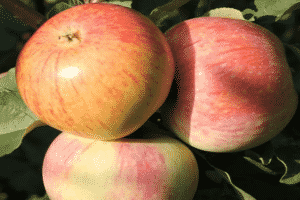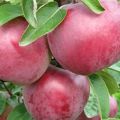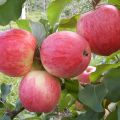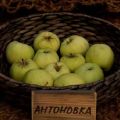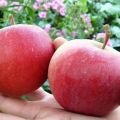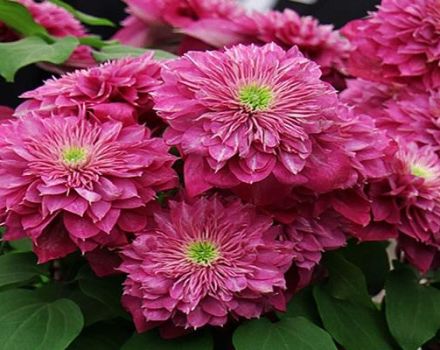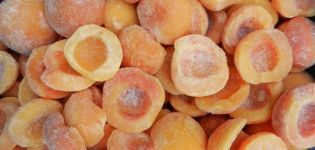Description and characteristics of the Spartan apple variety, cultivation and care in the regions
The new apple variety Spartan stands out for its high yield. Refers to the winter ripening period. Due to the excellent indicator of the taste of apples, the culture is gaining popularity among summer residents. In Canada, fruits are grown for export. The culture grows on the territory of Poland, Switzerland, Ukraine, RF.
Description and characteristics of the apple tree Spartan
A variety of winter ripening period. The culture bred in Canada has become widespread in Europe.
Appearance of the variety
The culture is medium-sized. The crown is flattened and rounded. The central plant guide is tilted. The branches are painted burgundy.
Leaf color and shape
The leaves are shiny, green-dark, rounded with a relief surface.
Tree height
The culture has an average vigor of growth and reaches 6 meters.
Crown width
An unusual splendor of the culture is given by a large number of branches that are located at an angle of 70 ° to the trunk. Lilac shoots of the apple tree are slightly lowered down.
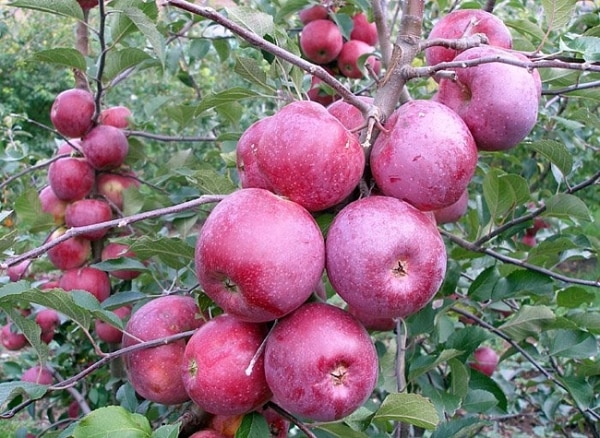
Tasting assessment
Plant fruits:
- dense;
- crispy;
- fragrant;
- juicy.
In the sweet aftertaste of apple fruits, sour notes are clearly felt. The skin is firm and thick.
Frost resistance
The culture does not withstand frost and frost poorly. Requires good cover.
Self-fertility
The plant is self-fertile and acts as a pollinator for other crops.
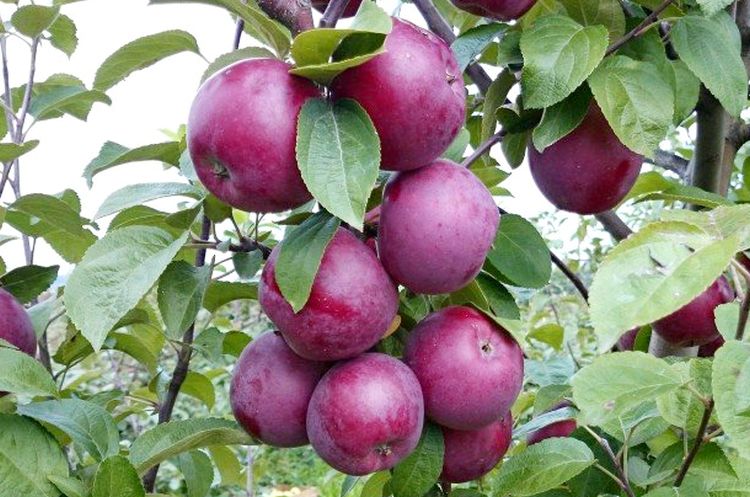
Advantages and disadvantages of the variety
Before buying a plant, you need to study the merits and demerits of the culture.
Minuses:
- Poor frost resistance. In the central regions of the Russian Federation, summer residents need to provide additional care.
- Over time, the fruits become smaller.
- The culture requires constant pruning of the crown.
Positive properties:
- keeping quality of apples, if the conditions are met, the fruits are stored until April;
- good transportability of the crop;
- abundant productivity;
- bears fruit from the 3rd year;
- resistant to ailments;
- high taste.

The fruit is ideal for juicing and making jam.
Landing features
Before planting the plant, you must choose the right place.
Landing dates
The culture is planted in autumn or spring. In autumn, the best period is early October. In spring - the last decade of April.
Seat selection
The site is chosen without groundwater and with fertile soil. The culture prefers lighted places with a regular flow of sunlight.
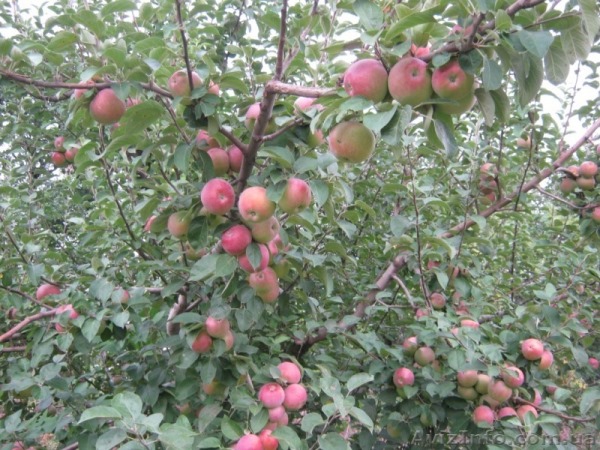
Distance between trees
Spartan is located at a distance of 4.5 meters from other cultures. When planting several seedlings of the same variety, leave a gap of 3 meters.
Landing technology
In order for the plant to take root better, when planting, follow the recommendations:
- Dig a hole 100 centimeters wide and 50 centimeters deep.
- Fertile soil is mixed with fertilizers. The bottom is covered with stones. Ash, humus, superphosphate and potassium are used as top dressing. The resulting mixture is poured into the drainage.
- The root system is corrected. Placed in a hole and cover with soil.
- Monitor the location of the root collar. It should be located above ground level.
- The earth is tamped.
- Sprinkle with 25 liters of water.
- The soil around is mulched.
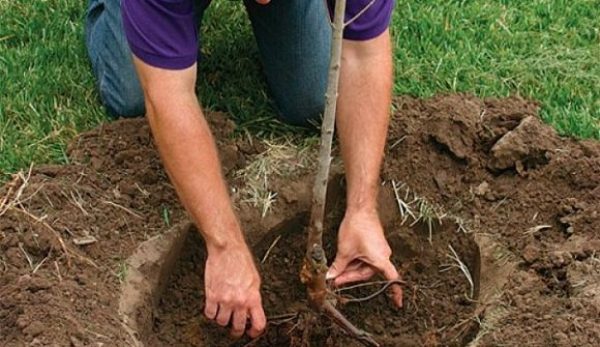
Clay soil is pre-mixed with sand, compost and peat.
Tree care
In order for the plant to feel good and not be affected by diseases, several significant points are taken into account.
After planting
A stake is stuck next to the hole, to which the plant is tied with a ribbon. This will help the culture to withstand the strong winter winds.
The trunk circle is regularly weeded and loosened. The apple tree does not tolerate the neighborhood with weeds.
Watering
On hot days, the culture needs additional watering. It is carried out 2 times a week by sprinkling. To saturate the root system with oxygen, the trunk circle is loosened after each watering.
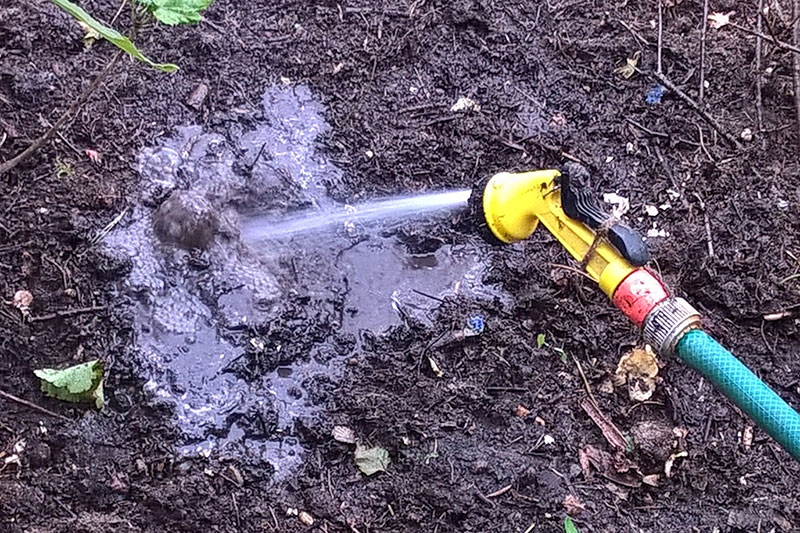
Top dressing
The culture is fed 3 times per season:
- In April. After the snow has completely melted. Use root fertilizer. To do this, mix 20 liters of humus, 25 g of ammonium nitrate and 250 g of urea. Fertilize the near-stem circle of culture.
- When the plant blooms. To do this, 2 liters of bird droppings are bred in a bucket of water. Fertilize only in dry weather.
- After flowering is complete. In a 15-liter bucket, 15 g of dry sodium humate and 750 grams of nitrophoska are diluted.
It is not recommended to fertilize the plant before the winter period.
Pruning
The culture is famous for its high growth of branches. Therefore, it is very important to perform crown formation. The plant is annually subjected to sanitary pruning. The growth of branches in the process of crown formation is directed sideways. This helps to make the apple tree more resilient.
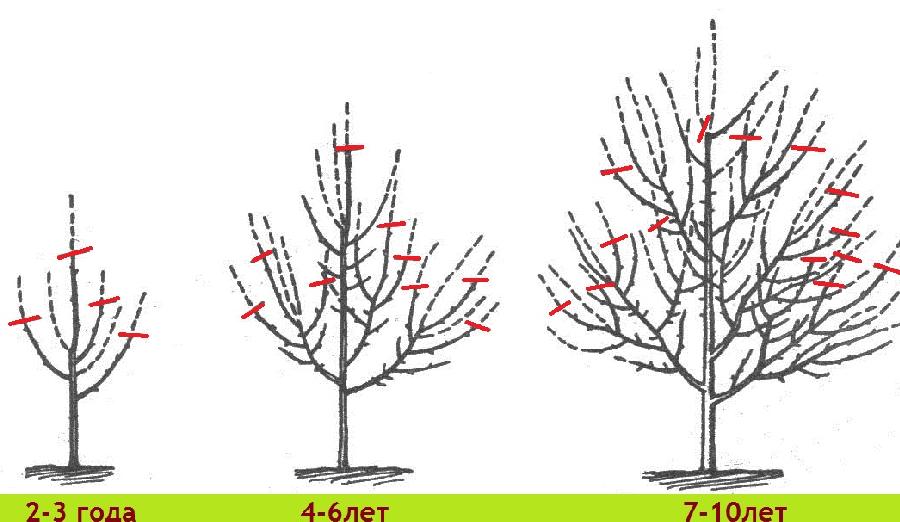
The tree needs sanitary pruning. To do this, dry, diseased and damaged branches are removed, if necessary. It is necessary to remove the parts that rub against each other, weave and grow to the trunk.Pruning saturates the crown with sunlight, thereby providing a steady flow of fresh air masses. This helps to prevent the spread of pests and disease.
Preparing for winter
In order to grow crops in central regions, the poor ability to withstand severe winters must be considered. Therefore, before the onset of frost, the plant is additionally prepared:
- Produce pre-winter watering. To completely saturate the culture with moisture, you will need 45 liters of water.
- The trunk circle is insulated with a layer of peat, which is at least 30 centimeters.
- The fallen snow is shoveled under the plant and compacted.
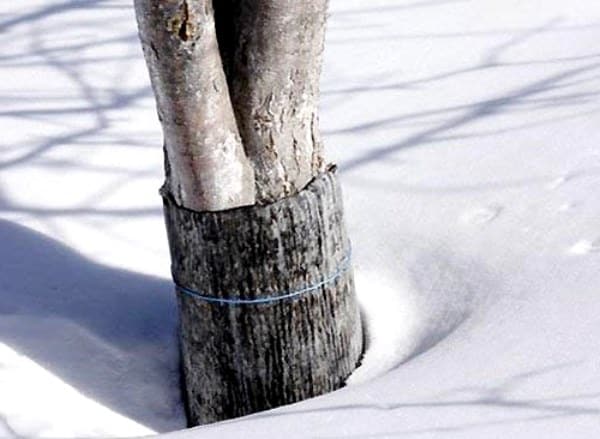
The younger the tree, the more carefully it must be looked after.
Diseases and pests
The culture is susceptible to the same diseases as most varieties of apple trees. Canadian breeders have achieved high resistance to:
- Powdery mildew. The first manifestation is white bloom. It is manifested by a white fluff that is easily erased. Then it becomes more coarse and brown. As a result, the foliage dries up, and dots appear on the fruits. Topaz helps to cope with the disease.
- Scab. The disease is manifested by black dots on the fruit. At the initial stage, their number is small and does not affect the taste. In an advanced degree, the disease completely affects apples and makes them unusable. For prevention and treatment, fungicides are used.The Chorus is ideal for these purposes.
- Cytosporosis. The disease manifests itself on the bark in the form of spots. Then the affected parts dry out and fall off. The drug "Hom" helps in the fight.
- Fruit rot. Damages apples. They rot and become covered with beige dots. "Horus" will help to get rid of the problem.
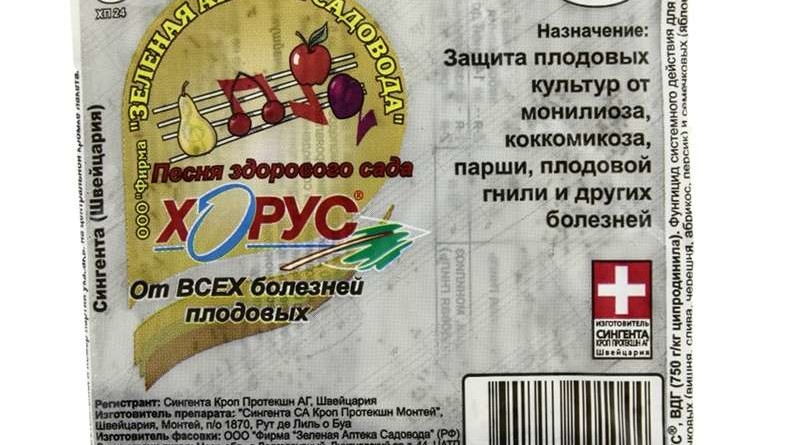
Despite resistance to ailments, with a strong crown thickening or constant high humidity, these ailments can affect the culture. With proper attention and care, the plant rarely suffers from the listed diseases.
Pests:
- Aphid. The insect sucks out the juices from the plant, thereby depleting it and worsening the quality of the crop. Control measures must be started immediately after the detection of the pest on the crop. It is best to carry out preventive treatments against the appearance of aphids. Manual insect removal also helps, but this is a long and laborious process. The danger of aphids lies in their high fertility. It multiplies very quickly and in volume. Massively insects are able to drink all the juices in a short time and destroy the tree.
- Fruit moth. She hits apples, gnawing moves in them. Each larva affects 3 fruits, after which they do not have time to ripen and fall off prematurely.
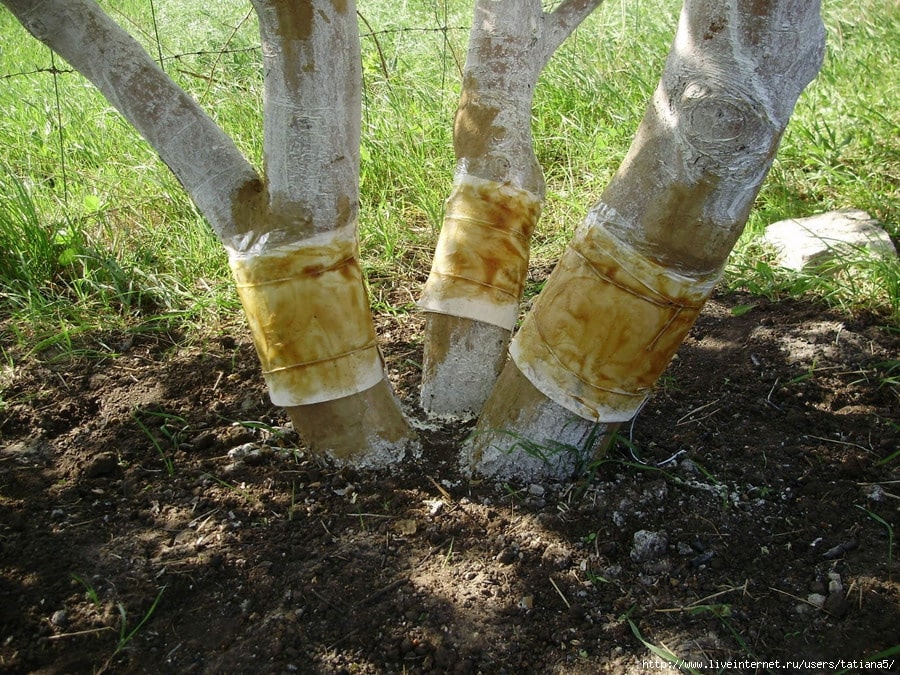
A trapping belt installed on the tree trunk is a good protection against insect pests. Electric traps and baits with odorous liquids are also used.
Features of cultivation in different regions
Recommendations:
- In Siberia, the crown is formed in such a way that it is hidden under the snow cover. This will help the culture not to freeze.
- The climate in Belarus is suitable for cultivation. A large volume of regular rainfall provokes the multiplication of diseases. Regular preventive measures against diseases are required.
- In Ukraine. The climate is ideal for growing a plant and does not require additional care advice.
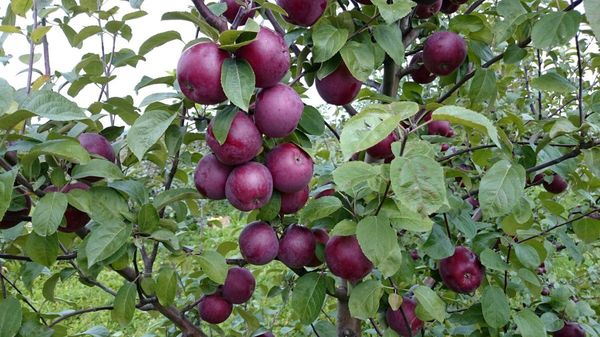
When growing in the middle lane, it is required to regularly water and loosen the ground.
Collection and storage
The delicious taste of the fruit is very popular, which is why apples are used for export in Canada. In the Russian Federation, fruits are used for their own needs. The variety is not grown for large-scale purposes. The taste of the first fruits can be enjoyed in the last decade of September. They are removed from the tree until December. Late harvesting helps the fruit to become juicy and to acquire a unique taste.
Apples attach well to branches and do not fall off. This greatly simplifies the collection and ensures a high quality crop.
Fruits are stored for a long time. They are kept in wooden boxes. The place should be:
- well ventilated;
- cold;
- dark.
A cellar is ideal. If stored properly, they lie until March. The heat increases the sweetness of the apples and causes them to wilt.

